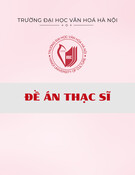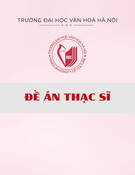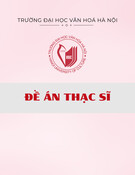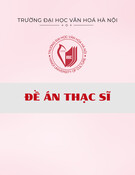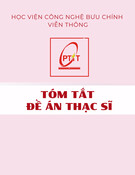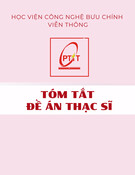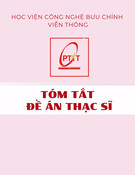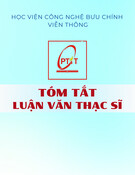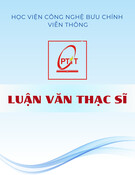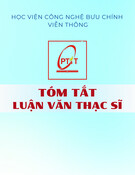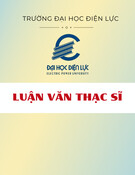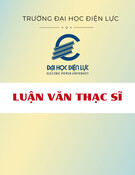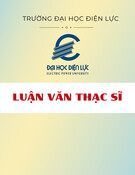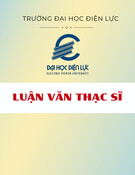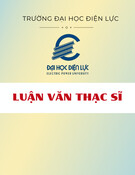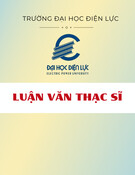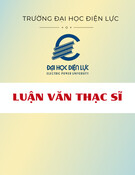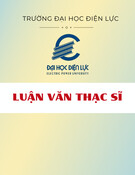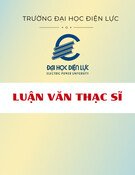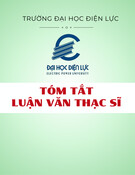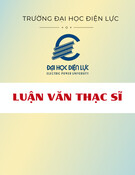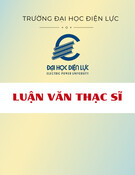
The Quest of Australian Public Universities for Competitive
Advantage in a Global Higher Education Environment
A thesis submitted in fulfilment of the requirements for the
degree of Doctor of Philosophy
Donald J. Bradmore
B.A., MEd (Melb), M.A. (Syd)
Department of Management
Business Portfolio
RMIT University
August 2007

The Quest of Australian .... ii
Declaration
I certify that, except where due acknowledgment has been made, the work is that of the
author alone; the work has not been submitted previously, in whole or in part, to qualify for
any other academic award; the content of the thesis is the result of work which has been
carried out since the official commencement date of the approved research program; and, any
editorial work, paid or unpaid, carried out by a third party is acknowledged.
D. J. Bradmore
Date:

The Quest of Australian .... iii
Acknowledgments
Special thanks are due to Professor Kosmas Smyrnios, Director of Research, School of
Management, RMIT University, for the invitation to undertake this work under his
supervision, and for his good counsel and patience during its completion.
Special thanks, also, to RMIT University, through its School of Management and Graduate
Degrees Office (Research Development Unit), for scholarship support and funding for data
collection purposes.
I would also like to express my sincere appreciation to the following:
Suzie and Rebecca, for their love and generous hospitality.
Margaret Young, for her many kindnesses.
Dr Karen Young, for her sound advice, encouragement and assistance, especially in the
preparation of this thesis for final submission.
Dr Caroline Tan and Dr Adeline Ong, much-admired PhD colleagues, for their inspiration
and valued friendship.
Barbara and Steve, for their interest and concern - and for their refusal to allow me to
make excuses in difficult circumstances.
My family and friends who, on many occasions during the past three years, have seen me
staring distractedly off into the middle distance, and to whom I can now return.

The Quest of Australian .... iv
Table of Contents
Declaration ii
Acknowledgments iii
List of Tables vi
List of Figures vii
List of Appendices viii
Summary ix
Chapter 1 Australian Universities in Increasingly Competitive
Environments 1
Chapter Overview 1
Introduction 1
Higher Education in Australia 4
Trends and Developments in Global Higher Education 8
Rapid Intensification of Competition 26
Thesis Structure 27
Conclusion 28
Chapter 2 Literature Review 30
Chapter Overview 30
Introduction 30
Universities in a Global Environment 31
The Quest for Competitive Advantage 39
Strategic Management 39
Marketing 47
Interrelationships between Strategic Management and Marketing 52
Strategic Management and Marketing Concepts 53
Conclusion 55
Chapter 3 Study 1: Content Analysis of Strategic Plans of Australian
Public Universities 56
Chapter Overview 56
Introduction 57
Objectives and Research Questions 59
Assumptions 60
Anticipated Outcomes 61
Method 62
Results 71
Discussion 94
Implications 105
Limitations 107
Conclusion 109

The Quest of Australian .... v
Chapter 4 Study 2: Interview-Based Multiple-Case Study 110
Chapter Overview 110
Introduction 110
Theoretical Underpinning 111
Justification of Qualitative Methodology 114
Propositions 115
Method 117
Case 1: University of Queensland 122
Case 2: University of New South Wales 135
Case 3: University of Technology, Sydney 148
Case 4: Murdoch University 161
Case 5: University of Southern Queensland 175
Cross Case Analysis 186
Presentation and Analysis of Findings 186
Extension of Insights into Competitive Behaviour 193
Generalisability of Findings 197
Implications 199
Limitations 202
Conclusion 204
Chapter 5 Study 3: Conceptual Framework to Guide Strategy Development 206
Chapter Overview 206
Introduction 206
Method 207
Explanation and Justification of Model of Competitive Advantage 211
Conceptual Framework 225
Discussion 225
Implications 229
Limitations 231
Conclusion 232
Chapter 6 Implications for Research, Policy, and Practice 233
Chapter Overview 233
Introduction 233
Implications for Research 234
Implications for Policy 237
Implications for Practice 239
Conclusion 240
References 242
Appendices 260

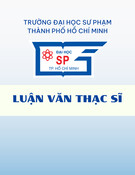
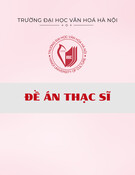
![Đề án Thạc sĩ: Tổ chức hoạt động văn hóa cho sinh viên Trường Cao đẳng Du lịch Hà Nội [Chuẩn nhất]](https://cdn.tailieu.vn/images/document/thumbnail/2025/20251202/kimphuong1001/135x160/91661764646353.jpg)
